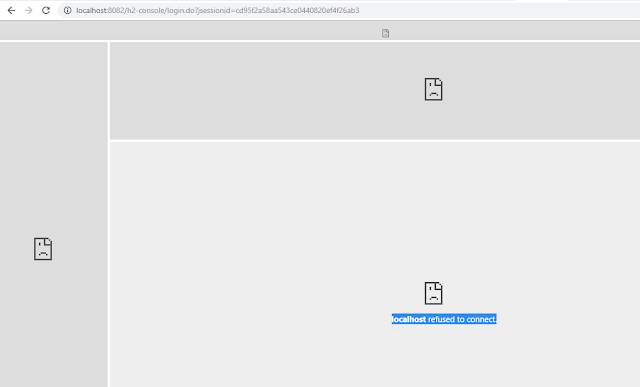OAuth vs JWT
The question is an common one, but it isn't quite sensible. JWT is a type of Token, and OAuth is a Framework that describes how to dispense tokens. JWT can absolutely be used as an OAuth Bearer token. In fact, this is the most common practice. In light of that "JWT vs OAuth" is a comparison of apples and apple carts. Often people think "OAuth token" always implies an opaque token that is granted by a OAuth token dispensary, that can then be validated only by that same OAuth dispensary system. But this is not the only kind of OAuth token. JWT is just a different kind of OAuth token. Today, the OAuthV2/GenerateAccessToken policy in Apigee Edge generates opaque tokens. It returns a token of 32 seemingly random characters, and the holder has no idea what the token signifies. Therefore, we call it "opaque". To USE the token, the holder must present it back to the token dispensary, because the original dispensary is the only party that can relate the

